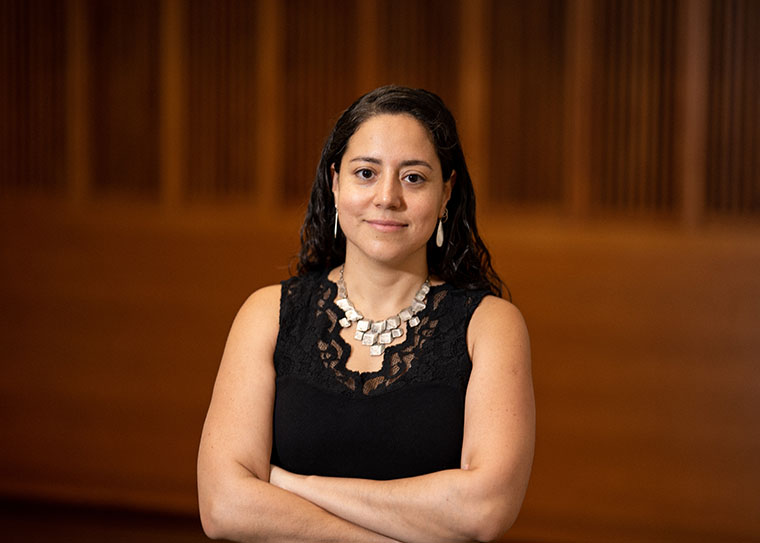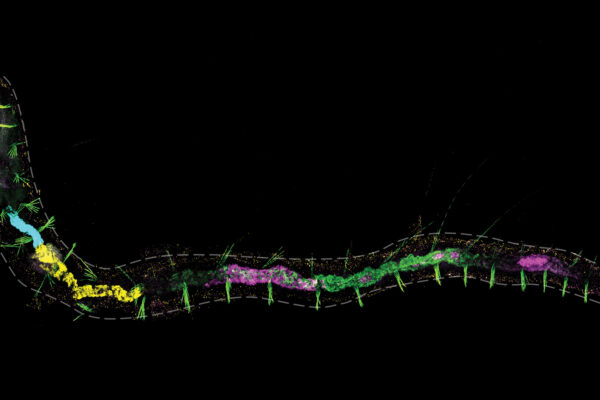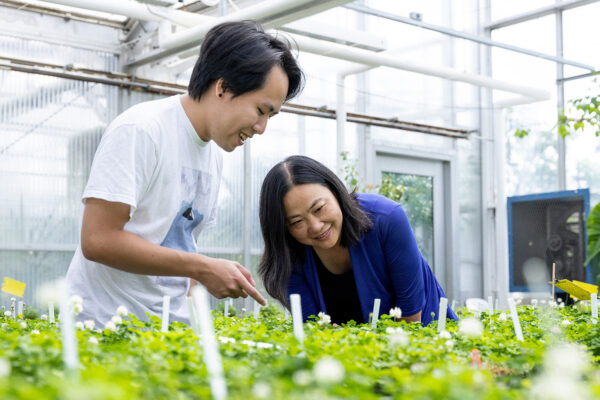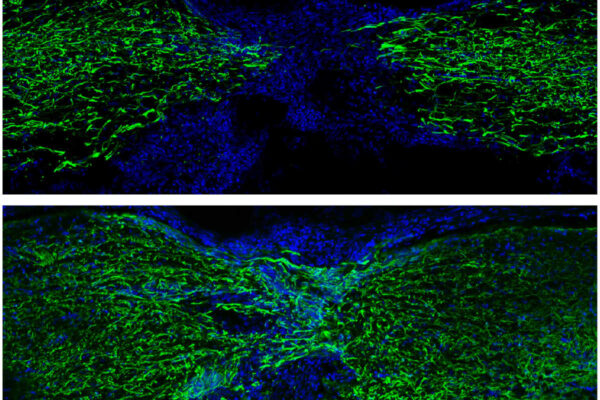Duygu Özpolat, an assistant professor of biology in Arts & Sciences, co-authored a study in Nature Communications about the early steps of regeneration in the annelid worm Platynereis.

Özpolat is a developmental biologist whose research at WashU is focused on germline and stem cell regeneration. Her new paper has connections to the single cell atlas of another type of annelid (Pristina leidyi) that her laboratory recently published. In that study, Özpolat found that growth and fission rely on two central populations of cells that together have pluripotent cell signatures.
“Given that we found pluripotent cell signatures, one could think that during regeneration, annelids use these cell populations for replacing lost tissues,” Özpolat said. “But interestingly, they don’t! Instead, they rely on reprogramming cells local to the wound site.”
That specificity is important, according to Ozpolat’s new work. After researchers sliced off parts of Platynereis, the worm’s differentiated cells at the wound site showed evidence of dedifferentiation via the re-emergence of stem cell signatures in multiple cell populations. The responses were cell-type specific depending on the germ layer origin of the cells: endodermal, mesodermal or ectodermal.
“While these annelids appear to have pluripotent signatures in their growth zone and the regeneration blastema, they have a lineage-restricted mode of regeneration,” Özpolat said. “Similar to the kind of regeneration we see in salamanders or mice, they rely on de-differentiation instead of resident pluripotent stem cells.”


